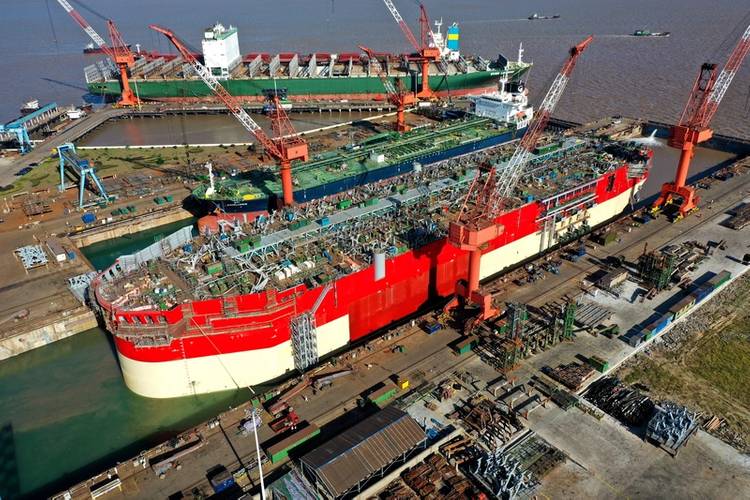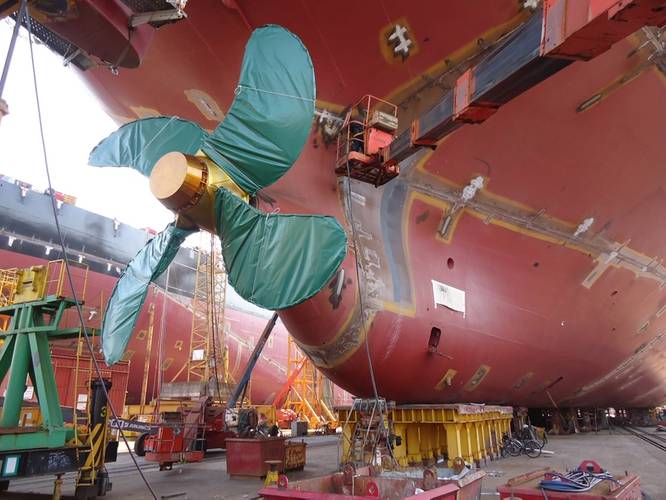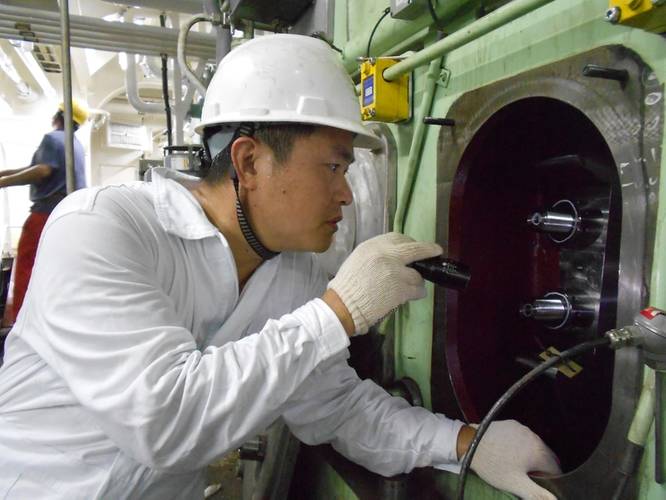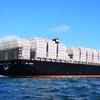Facing Maritime’s Challenges, S.M.C.'s Kozdron reasons “That's why we are here: Engineers.”
Based in Shanghai, Krzysztof Kozdron – or “KK” as he’s known to many of his Chinese colleagues, clients and friends – is the Managing Director of Schulte Marine Concept (S.M.C.). As S.M.C. passes a milestone in ship construction project management, Kozdron shares his insights on shipbuilding and repair activities throughout Asia.
Starting in 1973 to today, Schulte Marine Concept has managed 600 ship construction, repair & conversion projects, starting with its own vessels and evolving into a company today that manages the majority of its projects for third-party clients. The list of projects managed by S.M.C. is both long and broad. While Kozdron says with a laugh “I haven’t been around that long, but We have a global presence, building ships starting from East to West. That ‘600’ includes virtually each and every type of vessel, because we are not dedicated to any one particular type or class.”
Today, despite the impact of COVID-19, SMC has 91 vessels under construction in Korea, China and also in Europe. “It's quite interesting that after many years we managed to get back to Europe,” said Kozdron. “It’s good to be back home.”
Full Speed Ahead
Despite the impacts of COVID-19 globally, Kozdron said that in Asia, “today, shipyards are working at full speed,” noting that most of the inconvenience comes from clients and ship managers trying to come over to take delivery of the vessel. At the outset of the pandemic completing contracts, which traditionally were done face-to-face, was a struggle, but said that clients have generally settled into a comfort zone in conducting contract negotiations and signings via video conference. “The first few contracts were challenging, but today it is a comfortable and efficient,” said Kozdron. “COVID has had no adverse effects on the shipbuilding capability and capacity here in Asia.”
While traditional business drivers in the newbuild sector – economic interest and investment opportunity – are still a bit fuzzy as COVID lingers, Kozdron sees emerging drivers that should keep shipyards busy.
“What is interesting are the new trading routes, particularly the Northern corridor, that is creating new opportunities for the shipowners and shipyards with the demand for new vessel concepts and type,” said Kozdron. In addition to new routes, new cargos – such as the growth of ethane – are driving innovation and investment in new ships and ship technology. “The LNG bunkering sector (too) is a completely new type of the vessel being driven by environmental consciousness and awareness.”
Looking ahead, he reasons that newbuild demand will have to ramp up substantially, driven by a historically low newbuild orderbook premised on economic uncertainty over the past 12 months, and the transition to new fuels and technologies designed to dramatically reduce ship emissions. “Maybe not today, but in the future” new shipbuilding demand will return with a vigor.
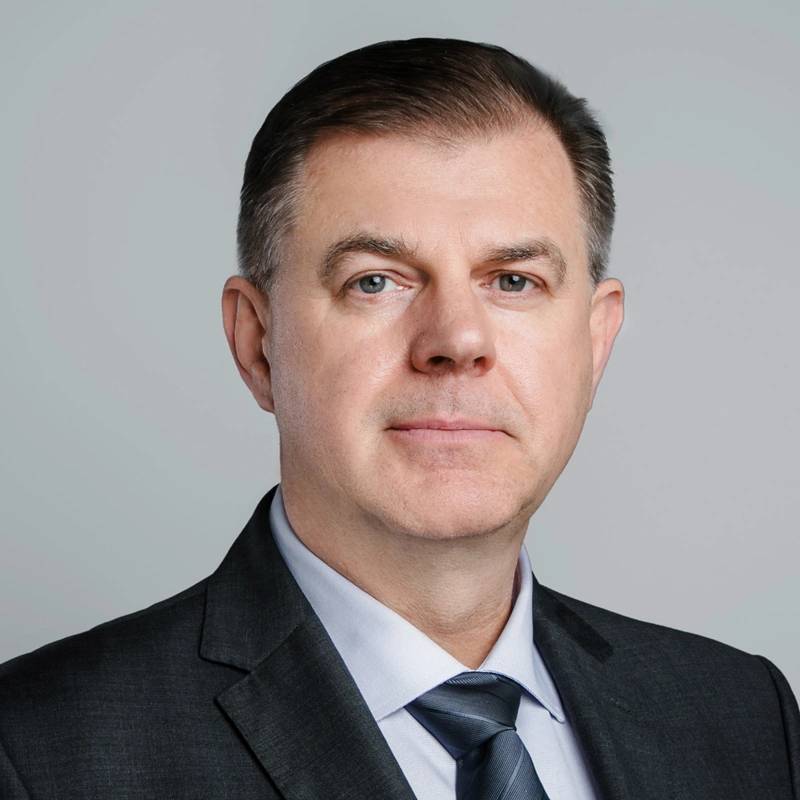
“What is interesting are the new trading routes, particularly the Northern corridor, that is creating new opportunities for the shipowners and shipyards with the demand for new vessel concepts and type,” said Kozdron. In addition to new routes, new cargos – such as the growth of ethane – are driving innovation and investment in new ships and ship technology. “The LNG bunkering sector (too) is a completely new type of the vessel being driven by environmental consciousness and awareness.” Image Courtesy S.M.C.
Energy Conversion as a Driver
While much focus today in maritime is on alternate fuels and ‘fuels of the future,’ Kozdron sees the fuel transition through a different lens, particularly when it comes to ship conversions. “Imagine a place that requires electrical power, but there's no power plant in the vicinity: What do you do? You convert a ship into a floating power plant.” He said the proliferation of fuel changes to shore-based power plants – from oil to natural gas for example, are also helping to drive the FSRU conversion market today.
“(Converting a power plant) from fuel oil to natural gas is relatively simple work,” said Kozdron. “What’s more difficult is to find the gas that you can feed the power pump. So what is happening is that a lot of FSRU conversion projects are popping up and they are creating a temporary patch until the pipeline to supply the gas is installed.”
Opting for a conversion versus a newbuild in these and other instances usually boils down to mathematics, but not necessarily in regards to CapEx, Kozdron said. “If you look at the CapEx, of course a conversion would be cheaper than a new build. But it's not all CapEx. It’s the shorter delivery date,” he said. “A new building can last 24 to 30 months while a conversion, if properly prepared and executed, can be completed in six to 12 months, giving you the advantage of a shorter delivery date.”
That said, the alternative fuel discussion and decision will be a driving force for shipowners now and in the coming decades.
“A big challenge for the owners to develop a new building project today is driven by the demands of making vessels more environment-friendly, which brings us to alternative fuels and available technology,” said Kozdron. “On the fuels, unfortunately we don't have too many alternatives (today). We talk about LNG, LPG, ammonia and methanol. The difficulty is their availability. While we can get (alternative fuels) easily in the major shipping hubs, vessels are not always privileged with sailing from Singapore to Shanghai or to Hong Kong," where in remote places availability of these (alternative) fuels is problematic.
The ‘chicken and the egg’ scenario regarding fuel transition and fuel availability has been ongoing for years. But there remain technical and logistics hurdles, too.
“Once you decide (on an alternate fuel) you need to have equipment, machinery capable of being operated on these fuels. The technology is (still) lagging behind.” He said while the LNG tech and logistics have arrived, he noted “we are almost there with LPG, however, methane and ammonia are still in their infancy.”
“There's always a certain level of risk involved in stepping into technology that is not yet mature and proven, especially in marine applications,” said Kozdron, noting while there is nothing new to operating engines on methanol, the challenges of doing so efficiently, effectively in the marine environment “is a completely different situation, a challenges.”
Finally, while the alternate fuel discussion is a big on, it is far from the only engineering challenge facing ship owners today. “Driven by environmental expectations is overall energy efficiency of the vessel,” said Kozdron. “Put simply, vessel are supposed to burn less fuel and carry more cargo. So it's an ongoing challenge for designers to make vessel more efficient from the hydrodynamic perspective. There's a challenge for equipment makers, too. So the list of challenges is quite long, but, that's why we are here: Engineers.”
- S.M.C. 'By the Numbers'
- 600Number of shipbuilding and repair projects S.M.C. has managed since 1973
- 80/20+/119S.M.C. has worked in more then 80 shipyards 119 clients.
- $500K to $800MThe range of project size managed, from a ferry boat ($500k) to an FPSO ($800M)







